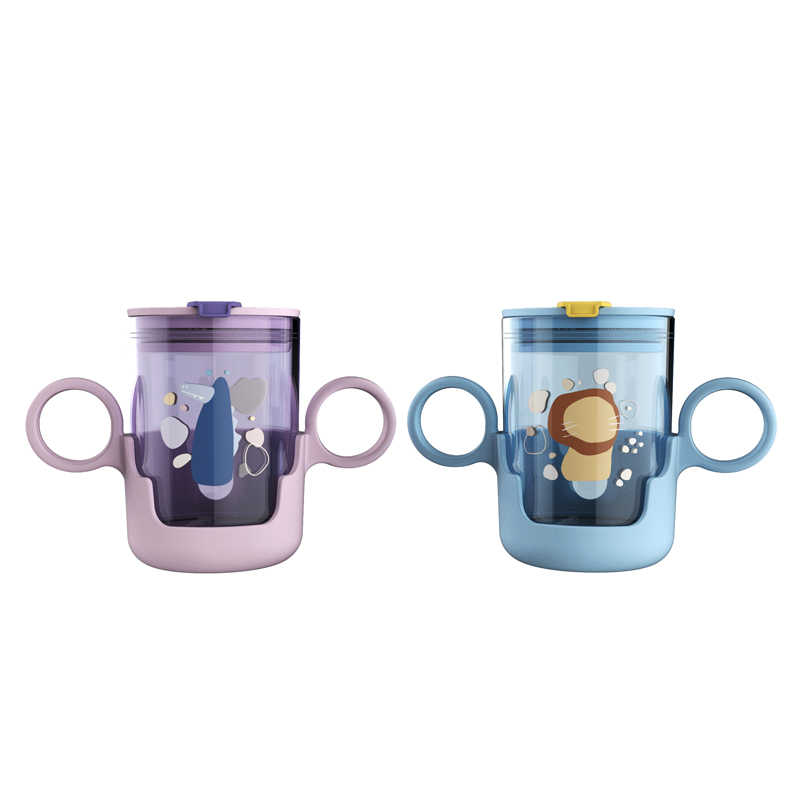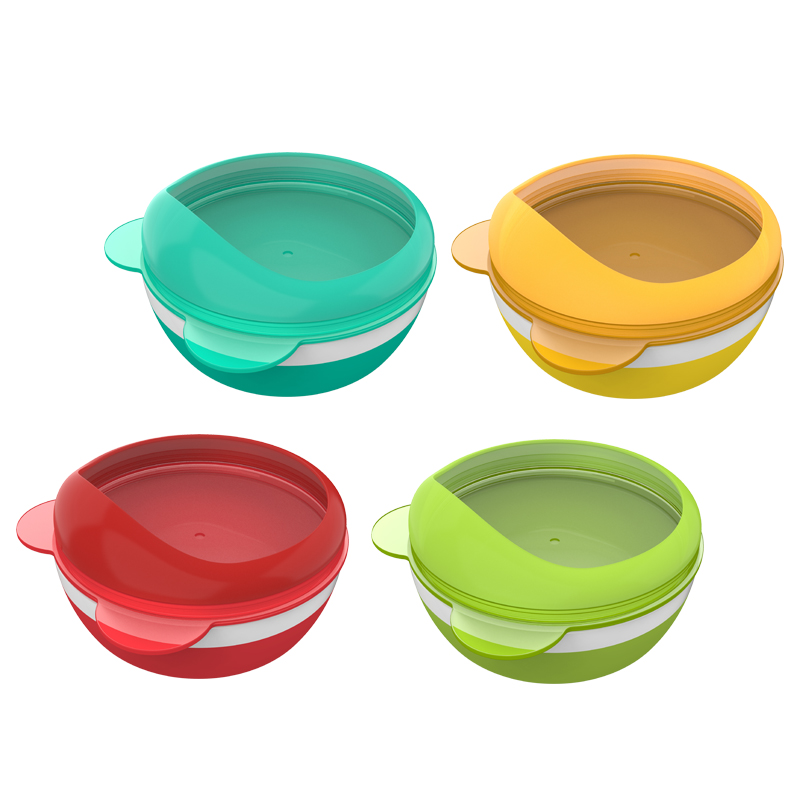Are all lunch box materials microwave and dishwasher safe?
I once received a complaint from a distributor in Europe. They said one of the lunch boxes we supplied melted in a microwave. That email made me realize we needed better answers for our customers.
Not all lunch box materials are microwave or dishwasher safe. Buyers should confirm the material's temperature tolerance before use. Tritan, stainless steel[^1], PP, and silicone all behave differently under heat.
Some materials look tough, but break down when exposed to heat or steam. Understanding the heat resistance of lunch box materials is essential for safe product use and smart purchasing.
Is Tritan suitable for high-heat microwave use?
Tritan feels like glass and looks like plastic. But can it handle a microwave's heat?
Tritan[^2] is microwave safe within moderate heat limits. It can usually handle up to 110°C (230°F), but it should not be used for prolonged high-heat reheating.
Tritan is a BPA-free plastic known for its toughness and clarity. It is often used in high-end baby bottles and premium lunch boxes. While it is more resistant than other plastics, Tritan still has its limits. It can withstand boiling water temperatures for short periods. However, it is not designed for long microwave sessions.
Heat Resistance Comparison Table
| Material | Max Heat Tolerance | Microwave Safe | Dishwasher Safe |
| Tritan[^2] | ~110°C (230°F) | Yes, short time | Yes |
| PP (Polypropylene) | ~120°C (248°F) | Yes | Yes |
| Silicone | ~220°C (428°F) | Yes | Yes |
| Stainless Steel | Not recommended | No | Yes |
To ensure safe use, manufacturers often recommend not microwaving Tritan products for more than 1–2 minutes. Prolonged exposure could cause stress cracks or discoloration. Buyers should ask for third-party test reports showing microwave test cycles and temperature resistance.
Can stainless steel lunch boxes go in dishwashers?
Stainless steel is strong and looks reliable. But does it hold up in a dishwasher?
Yes, stainless steel lunch boxes are generally dishwasher safe. However, they may stain or discolor over time if exposed to harsh detergents or salt.
Stainless steel does not warp in high temperatures, and it can withstand dishwashing cycles. However, not all grades of stainless steel are the same. Some lower-quality materials may rust or lose shine. For food containers, grades like 304 or 316 are more durable and more resistant to corrosion.
Stainless Steel Grades for Lunch Boxes
| Grade | Composition | Dishwasher Safe | Notes |
| 201 | Low nickel, cheaper | Yes (but less corrosion resistant) | May stain over time |
| 304 | High nickel, high chromium | Yes | Best for kitchen use |
| 316 | Contains molybdenum | Yes | Premium corrosion resistance |
Even though stainless steel handles dishwasher cycles well, it should be dried immediately after washing. Long exposure to moisture can affect the surface. Some manufacturers add a protective coating to resist rust, but buyers should confirm this feature.
Does PP warp under repeated microwave use?
PP is used in many lunch boxes because it's cheap and light. But does it hold up over time?
Polypropylene (PP)[^3] is microwave safe, but it can warp if exposed to high heat repeatedly, especially if the container is thin or low quality.
PP has a melting point of about 160°C (320°F), which is far above typical microwave temperatures. This makes it generally safe for heating food. However, real-world use tells a different story. Some PP containers begin to warp or lose their shape after many cycles, especially in powerful microwaves.
Why Some PP Products Warp
- Thin walls: Thinner containers cannot distribute heat evenly.
- No additives: Some PP products lack stabilizers that prevent deformation.
- Hot oil contact: Heating oily foods can increase surface temperatures beyond PP's tolerance.
To prevent warping, manufacturers can add talc or glass fiber to reinforce the structure. Buyers should ask if the PP has been modified for heat resistance. They can also request microwave endurance test reports to ensure product safety.
Are silicone lids safe for both microwave and dishwasher?
Silicone lids feel soft and flexible. But can they survive both the microwave and dishwasher?
Yes, silicone lids are highly heat resistant. They are safe for use in both microwave ovens and dishwashers. Premium-grade silicone can handle up to 220°C (428°F).
Silicone is often used for baby feeding products because it is non-toxic, inert, and BPA-free. It doesn't react with food or absorb odors. It is also flexible, making it perfect for seals and lids. Most silicone used in lunch boxes is food-grade platinum silicone, which is more stable than peroxide-cured silicone.
Silicone Lid Benefits
| Feature | Benefit |
| Heat Resistance | Works up to 220°C |
| Microwave Safe | Yes |
| Dishwasher Safe | Yes |
| BPA-Free | Yes |
| Durable | Maintains shape over time |
When buying silicone lids, buyers should confirm the silicone type. Platinum-cured silicone is more expensive but offers better safety and durability. Suppliers should be able to provide RoHS and LFGB or FDA certificates for food contact safety.
Conclusion
Different lunch box materials have different limits. Always check safety info before using them in heat or steam.
[^1]: Learn more about the durability and dishwasher safety of stainless steel lunch boxes to make informed purchasing decisions.
[^2]: Explore this link to understand Tritan's heat resistance and safety for microwave use, ensuring your lunch box is safe for reheating.
[^3]: Discover the potential issues with PP lunch boxes in microwaves, helping you choose the right materials for your needs.


